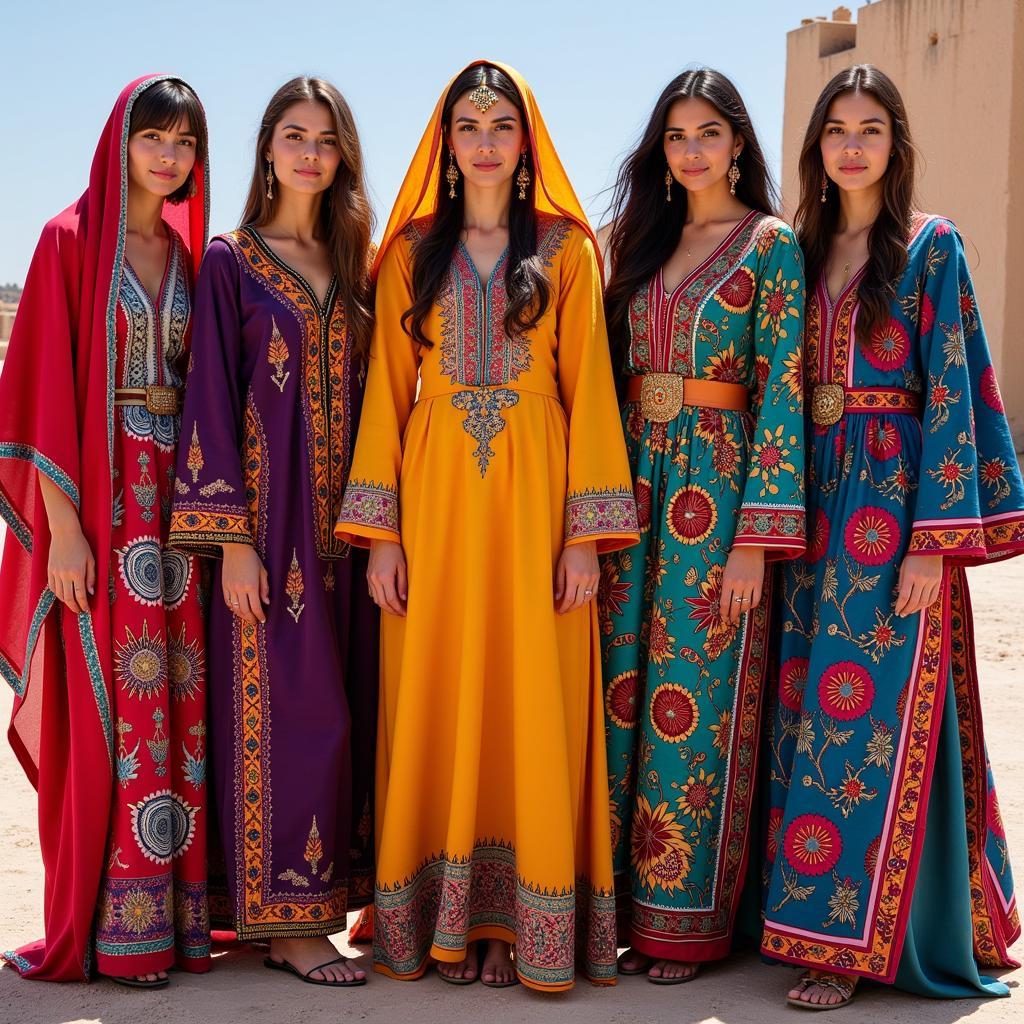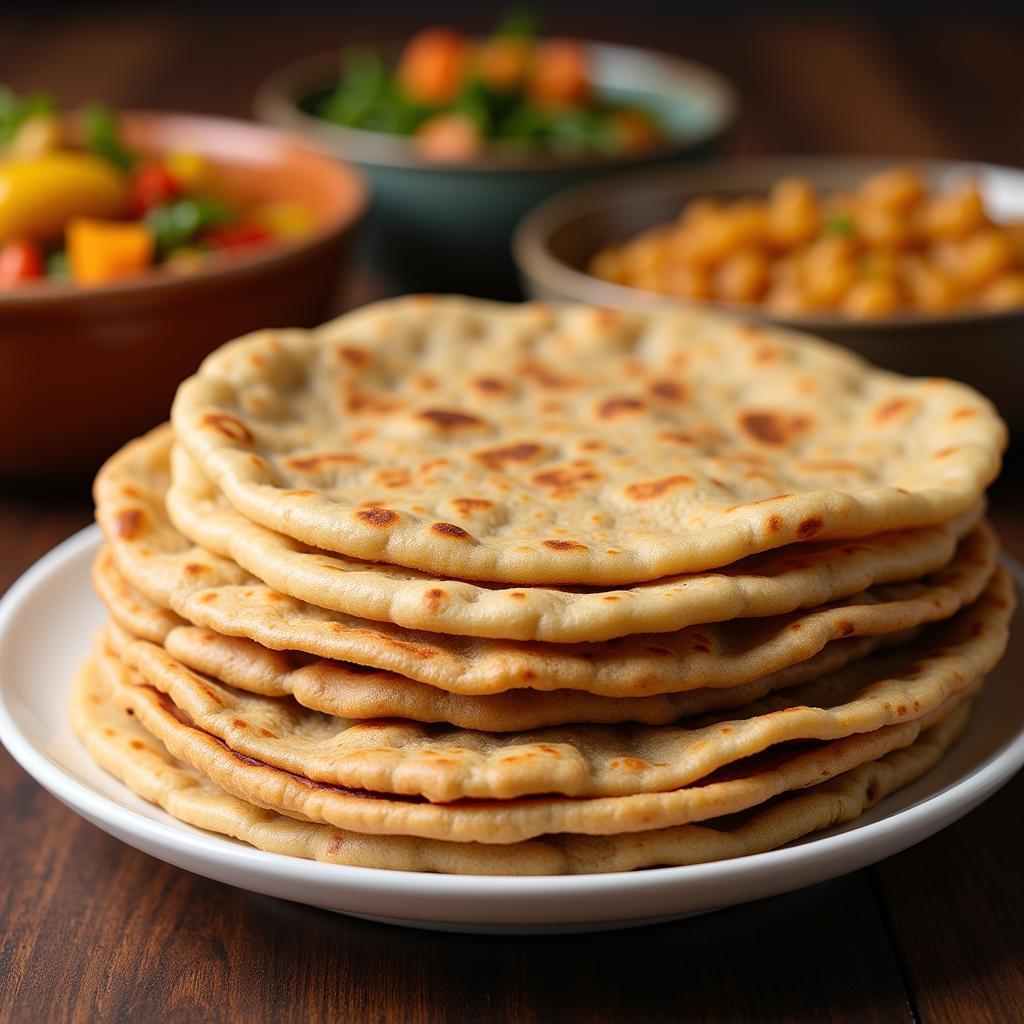Decoding African Hut Patterns: A Journey into Cultural Significance
African Hut Patterns are more than just aesthetic designs; they are a visual language, whispering stories of tradition, spirituality, and community. These intricate patterns, etched onto the very fabric of African homes, offer a fascinating glimpse into the diverse cultures that thrive across the continent. Dive in as we explore the captivating world of African hut patterns. african culture and traditions pictures
Unraveling the Symbolism Behind African Hut Patterns
The patterns adorning African huts aren’t merely decorative; they carry deep cultural and spiritual meaning. From geometric shapes representing ancestral spirits to intricate swirls symbolizing the cycle of life, each pattern tells a unique story. These patterns often reflect the specific beliefs and customs of the tribe or community, acting as a visual representation of their identity. They can also indicate social status, family lineage, or even personal achievements.
What are the most common African hut patterns?
Some of the most prevalent patterns include geometric shapes like triangles, squares, and circles, often representing balance and harmony. Zigzags and spirals can symbolize water, vital for life, or the journey of life itself. Animal motifs, such as the leopard or crocodile, often represent strength and power.
Materials and Techniques: Creating the Masterpieces
Creating these intricate patterns requires skill and patience. Traditional materials like clay, mud, and natural pigments derived from plants and minerals are used. Techniques vary widely across the continent, from painting and carving to intricate weaving and embossing. Each tribe or region often has its own unique style and techniques, passed down through generations.
How are African hut patterns made?
The process often begins with preparing the surface of the hut, typically made of mud or clay. Then, using natural pigments and tools like brushes or sticks, the intricate patterns are carefully applied. Some communities use a technique where they carve or emboss the patterns into the wet clay before it dries, creating a textured surface.
Regional Variations: A Tapestry of Styles
From the vibrant Ndebele patterns of South Africa to the geometric designs of the Himba people in Namibia, African hut patterns vary significantly across the continent. This diversity reflects the rich tapestry of cultures and traditions found in Africa. Each region has its own unique aesthetic, influenced by its environment, history, and social structures.
For instance, the Ndebele people are renowned for their brightly colored geometric patterns, often painted on their houses using a combination of natural and modern paints. These patterns are bold and striking, reflecting the strong cultural identity of the Ndebele. In contrast, the Himba people of Namibia use a more subdued palette, utilizing ochre and other natural pigments to create intricate patterns on their huts, which are often made of mud and dung.
African Hut Patterns in the Modern World
While traditional methods are still practiced, African hut patterns are finding new life in contemporary art, fashion, and design. From textiles and ceramics to architecture and interior design, these ancient motifs are being reinterpreted and celebrated in innovative ways. This resurgence reflects a growing appreciation for African art and culture globally. african huts images
How are African hut patterns being used today?
Designers are incorporating these patterns into contemporary textiles, creating unique and vibrant fabrics. african flying squirrel Architects are drawing inspiration from traditional hut designs and patterns, incorporating them into modern buildings to create spaces that celebrate African heritage. Even in the world of fashion, African hut patterns are making a statement, appearing on clothing and accessories, bringing a touch of cultural flair to the runway.
Preserving a Cultural Legacy
African hut patterns are a powerful reminder of the rich cultural heritage of the continent. By understanding and appreciating these intricate designs, we gain a deeper insight into the diverse communities that call Africa home. It is essential to support initiatives that preserve these traditional art forms, ensuring that they continue to thrive for generations to come.
“These patterns are more than just decoration; they are the soul of our culture,” says Dr. Abena Osei, a renowned anthropologist specializing in African art. “They connect us to our ancestors and tell the stories of our people.” Another expert, Professor Kwame Nkrumah, an architect specializing in sustainable design using traditional African techniques, adds, “By incorporating these patterns into modern architecture, we can create buildings that are not only beautiful but also deeply rooted in our cultural heritage.”
In conclusion, African hut patterns offer a captivating journey into the heart of African culture. They are a testament to the creativity, ingenuity, and deep spiritual connection of the people. By understanding and appreciating these patterns, we can gain a richer understanding of the diverse and vibrant cultures that make Africa so unique. Let’s continue to explore and celebrate this rich artistic heritage. african cottage
FAQ
- What is the significance of African hut patterns? (They represent cultural identity, spiritual beliefs, and social status.)
- What materials are used to create these patterns? (Clay, mud, natural pigments from plants and minerals.)
- How do the patterns vary across different regions? (Each region has unique styles influenced by their environment, history, and social structures.)
- Are these patterns still used today? (Yes, they are incorporated into modern art, fashion, and design.)
- How can we help preserve these traditions? (Support initiatives that promote and preserve African art and culture.)
- Where can I learn more about African hut patterns? (Museums, cultural centers, and online resources dedicated to African art and culture.)
- What are some examples of contemporary applications of these patterns? (Textiles, ceramics, architecture, and fashion.)
Other Related Topics You Might Find Interesting
- African Tribal Art
- Traditional African Architecture
- African Textile Design
- Cultural Significance of African Symbols
- Preserving Indigenous African Art Forms african cichlids peacocks photos
Need assistance or have questions? Contact us at +255768904061, email [email protected], or visit us in Mbarali DC Mawindi, Kangaga, Tanzania. Our customer service team is available 24/7.

